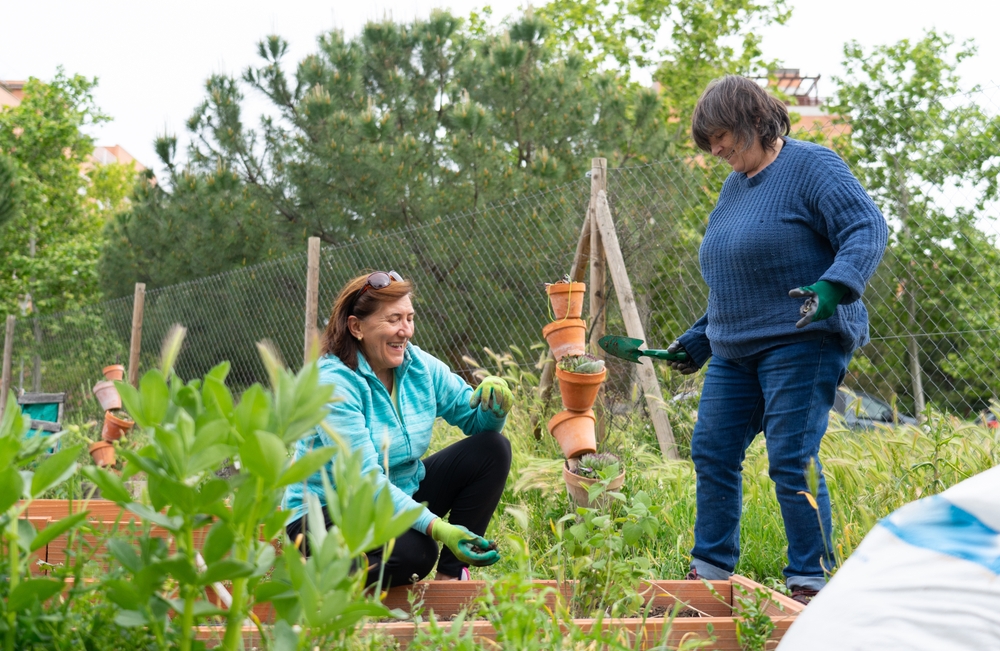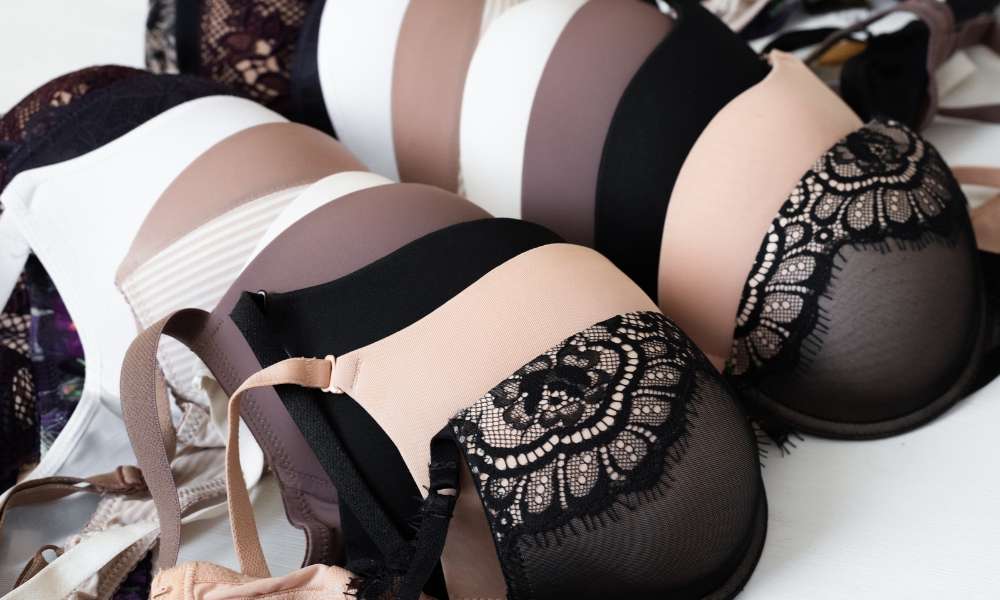The Allure of Wabi-Sabi: Embracing Imperfection in Home Design
A cracked vase, repaired with gold. A weathered wooden bench, its patina telling stories of years gone by. A handmade ceramic bowl, slightly asymmetrical yet beautifully unique. These are the elements that embody wabi-sabi, the Japanese philosophy of finding beauty in imperfection and transience. As our homes become increasingly curated and polished, there's a growing movement towards embracing the perfectly imperfect – a return to authenticity and mindful living through wabi-sabi inspired design.

In traditional Japanese culture, wabi-sabi manifested in tea ceremonies, pottery, and architecture. The philosophy values simplicity, naturalness, and the acceptance of reality – including the impermanence of all things. It’s a stark contrast to Western ideals of perfection and symmetry, offering a refreshing perspective on beauty and design.
Wabi-Sabi in Modern Home Design
Today, wabi-sabi is finding its way into homes across the globe, offering a counterpoint to the sleek, mass-produced aesthetic that has dominated interior design in recent years. This approach celebrates the charm of handmade items, the patina of aged materials, and the beauty of natural imperfections.
In a wabi-sabi inspired home, you might find:
-
Handcrafted furniture with visible knots and grain
-
Ceramic dishes with slight irregularities
-
Natural, unfinished wood surfaces
-
Muted, earthy color palettes
-
Textiles with subtle variations in texture and hue
The key is to create a space that feels lived-in, authentic, and connected to nature – a far cry from the sterile perfection often portrayed in design magazines.
The Art of Imperfection: Kintsugi
One of the most striking manifestations of wabi-sabi in home decor is the art of kintsugi. This Japanese technique involves repairing broken pottery with gold, silver, or platinum lacquer. Instead of hiding the cracks, kintsugi celebrates them, turning flaws into features of beauty.
Incorporating kintsugi pieces into your home not only adds visual interest but also serves as a powerful reminder of the beauty of resilience and the value of our experiences – even the difficult ones. From repaired vases displayed as centerpieces to kintsugi-inspired wall art, this technique offers a unique way to bring wabi-sabi principles into your space.
Wabi-Sabi and Sustainability
The wabi-sabi philosophy aligns beautifully with the growing emphasis on sustainability in home design. By valuing aged and imperfect items, we’re encouraged to keep and repair things rather than replacing them. This approach reduces waste and promotes a more mindful relationship with our possessions.
Moreover, wabi-sabi often involves using natural, biodegradable materials like wood, stone, and clay. These materials not only have a lower environmental impact but also age gracefully, developing character over time – a key aspect of wabi-sabi aesthetics.
Creating Your Wabi-Sabi Haven
Embracing wabi-sabi in your home doesn’t mean throwing out all your possessions and starting from scratch. Instead, it’s about shifting your perspective and making small, mindful changes. Here are some ways to incorporate wabi-sabi principles into your space:
-
Embrace natural materials: Opt for wood, stone, clay, and natural fibers in your furnishings and decor.
-
Allow for weathering: Don’t rush to repaint or refinish items as they show signs of age. Let them tell their story.
-
Incorporate handmade items: Support local artisans or try your hand at crafting. Each piece will have its own unique character.
-
Simplify: Wabi-sabi encourages minimalism. Declutter your space and keep only what truly brings you joy or serves a purpose.
-
Bring nature indoors: Display found objects like stones, branches, or leaves. Their imperfections are part of their beauty.
-
Use muted, natural colors: Think earthy tones and subtle hues rather than bold, artificial colors.
-
Practice mindful curation: Choose items for your home thoughtfully, considering their history, craftsmanship, and the feelings they evoke.
The Psychological Benefits of Wabi-Sabi Living
Beyond aesthetics, embracing wabi-sabi in your home can have profound psychological benefits. In a world that often demands perfection, a wabi-sabi inspired space offers relief from these pressures. It reminds us that imperfection is not only acceptable but beautiful.
Living with wabi-sabi principles can foster:
-
Acceptance: Of ourselves, others, and the natural flow of life
-
Mindfulness: Encouraging us to be present and appreciate the moment
-
Resilience: Seeing beauty in repair and adaptation
-
Gratitude: For the simple, often overlooked aspects of our lives
By surrounding ourselves with objects that embody these principles, we create a sanctuary that nurtures our wellbeing and promotes a more balanced, mindful way of living.
Wabi-Sabi in the Garden
The principles of wabi-sabi extend beautifully into outdoor spaces. A wabi-sabi garden embraces the natural cycle of growth, decay, and renewal. It might feature:
-
Weathered stone pathways
-
Asymmetrical plant arrangements
-
Mossy stones or wooden elements
-
Plants allowed to grow in their natural form, rather than being heavily pruned
-
Rustic, handmade garden ornaments
This approach to gardening not only creates a serene, naturalistic space but also tends to be more environmentally friendly. It works with nature rather than trying to control it, resulting in a low-maintenance garden that changes beautifully with the seasons.
The Future of Wabi-Sabi in Home Design
As we move towards more mindful, sustainable ways of living, the principles of wabi-sabi are likely to become increasingly relevant in home design. This philosophy offers a much-needed antidote to the culture of constant consumption and the pursuit of perfection.
We’re already seeing a growing appreciation for artisanal crafts, natural materials, and designs that tell a story. As this trend continues, we can expect to see more homes that embrace imperfection, celebrate the passage of time, and create spaces that feel truly lived-in and loved.
In embracing wabi-sabi, we’re not just changing our homes – we’re shifting our perspective on beauty, value, and what it means to create a truly comfortable living space. It’s a reminder that our homes, like our lives, don’t need to be perfect to be beautiful. They simply need to be authentic, mindful, and in harmony with the natural world around us.





